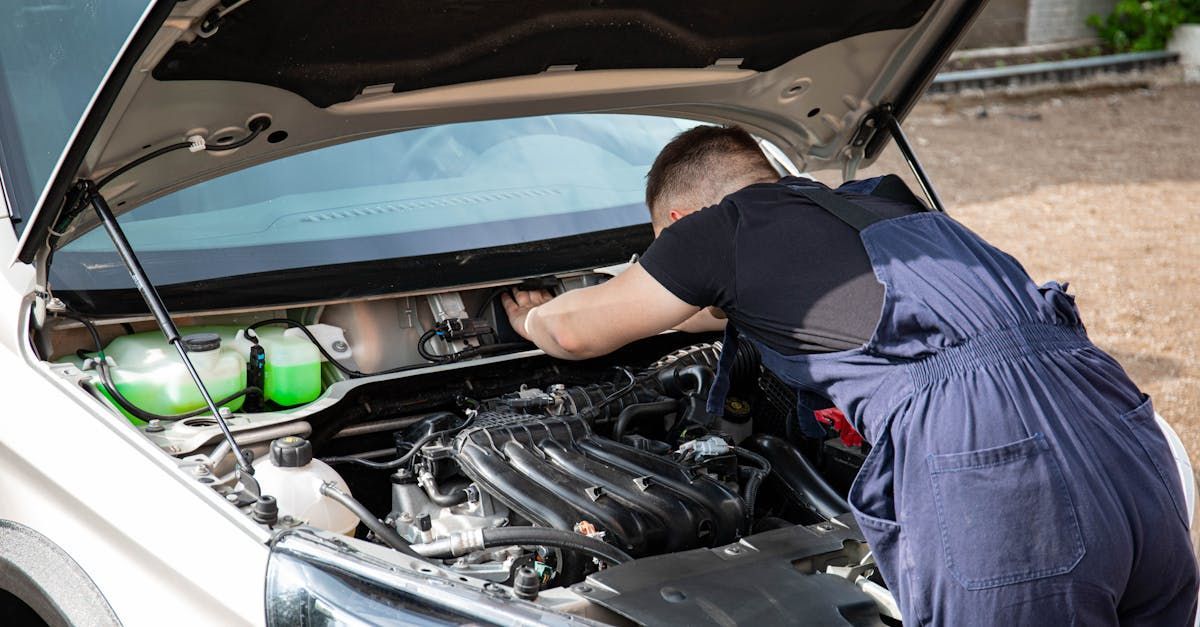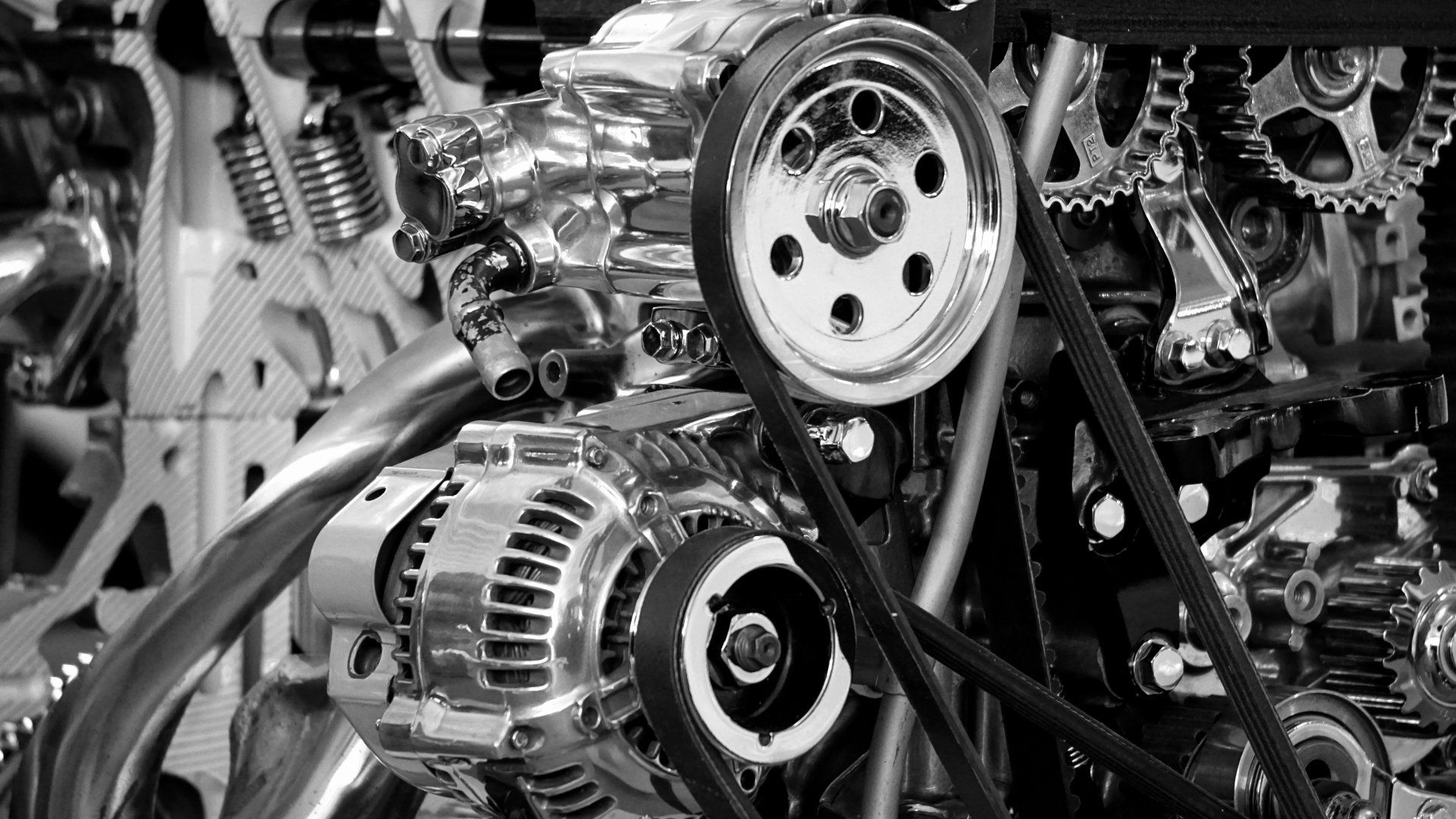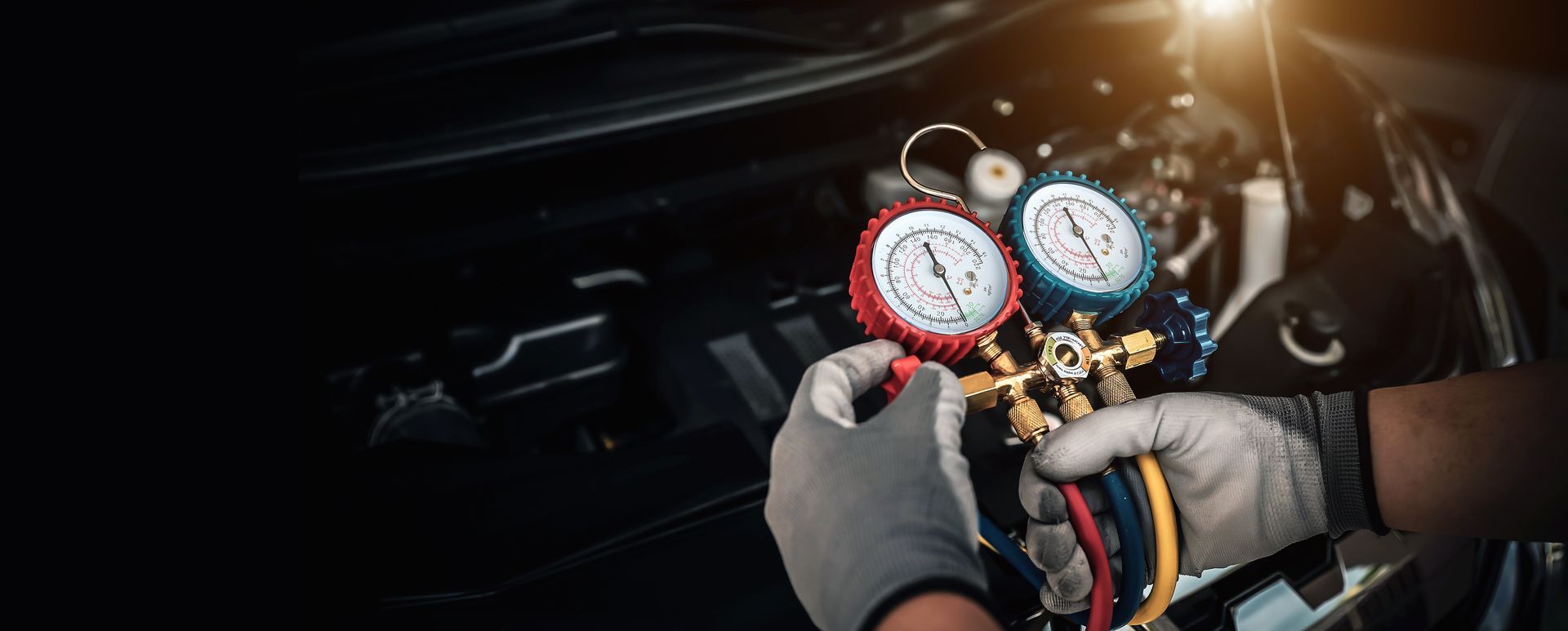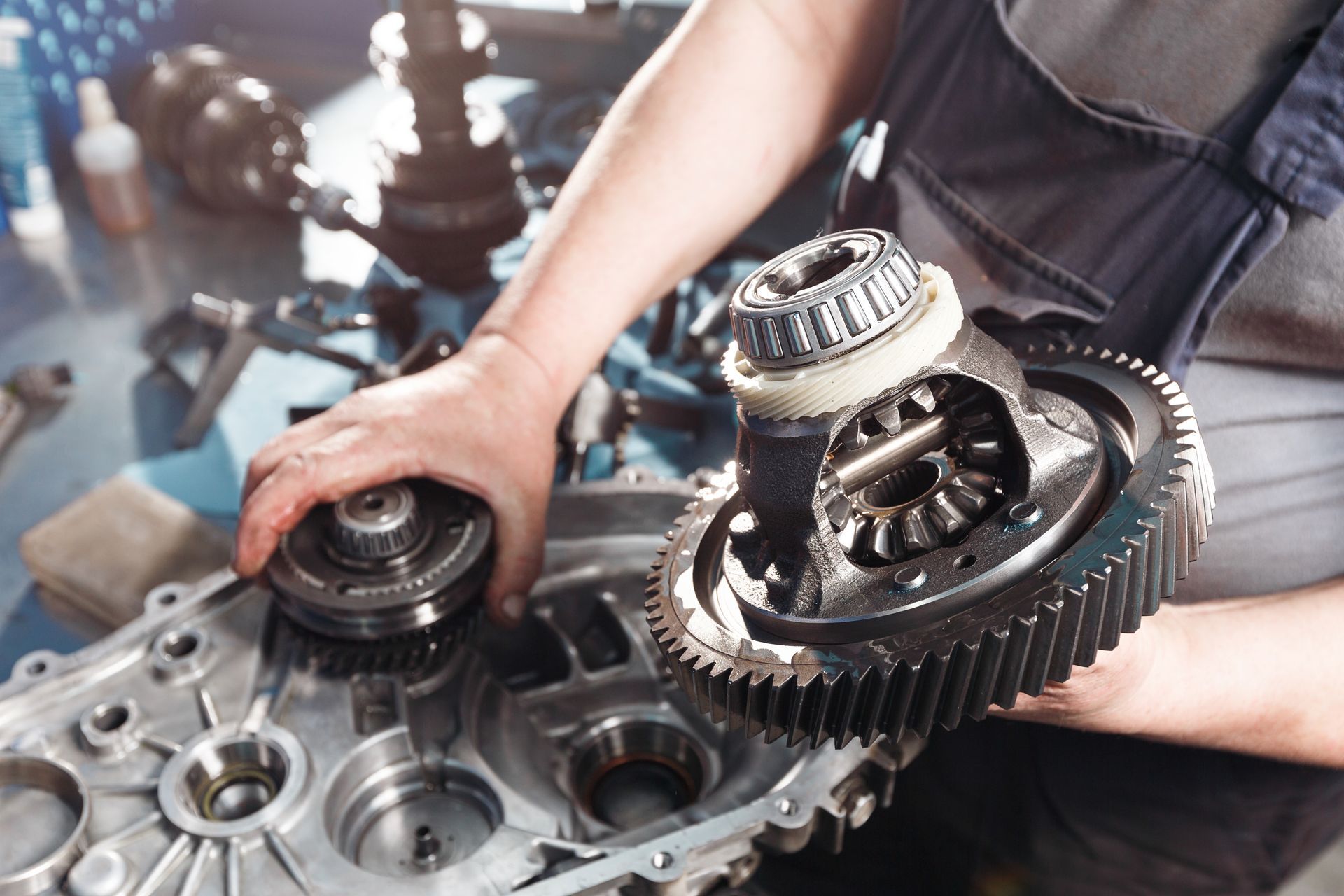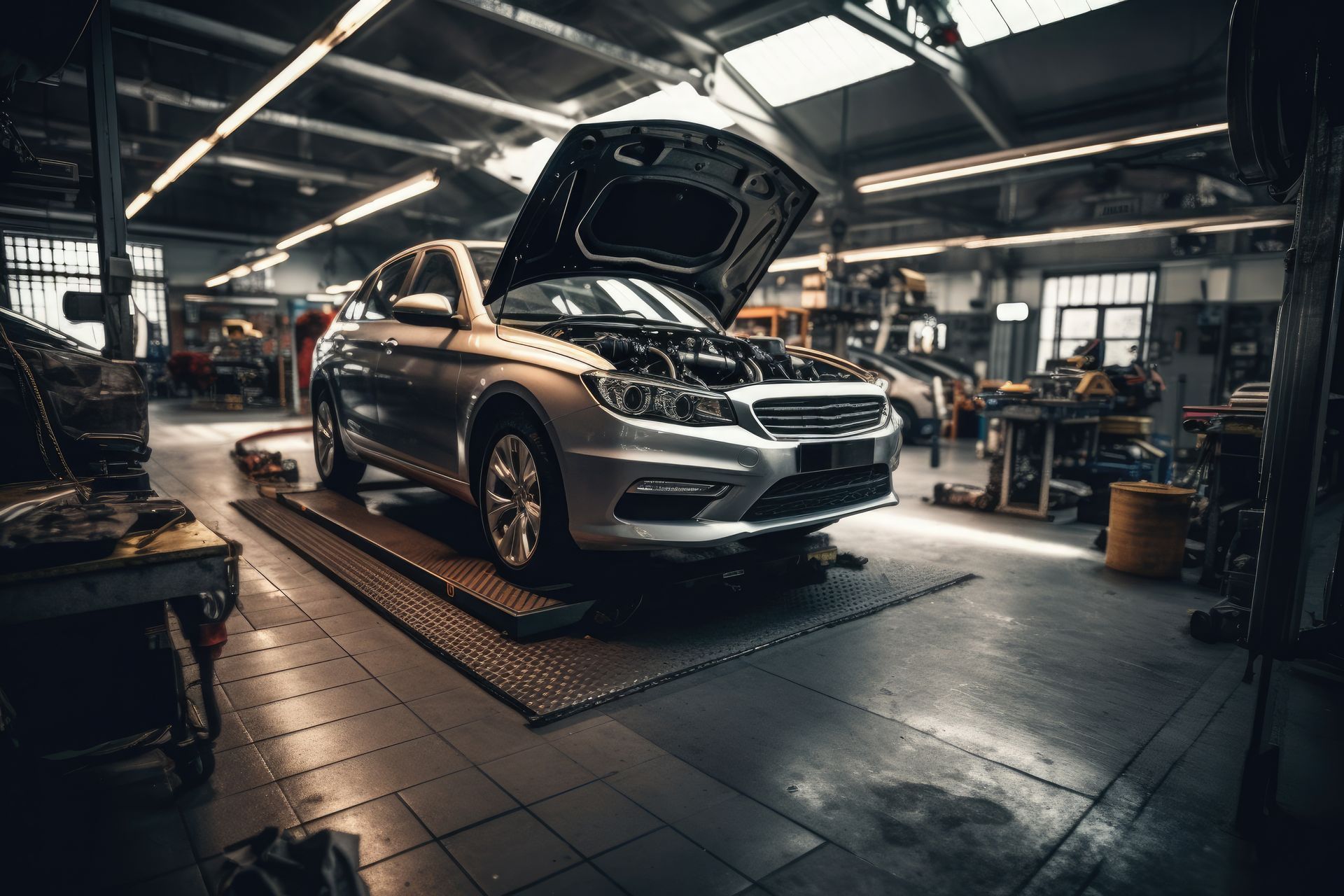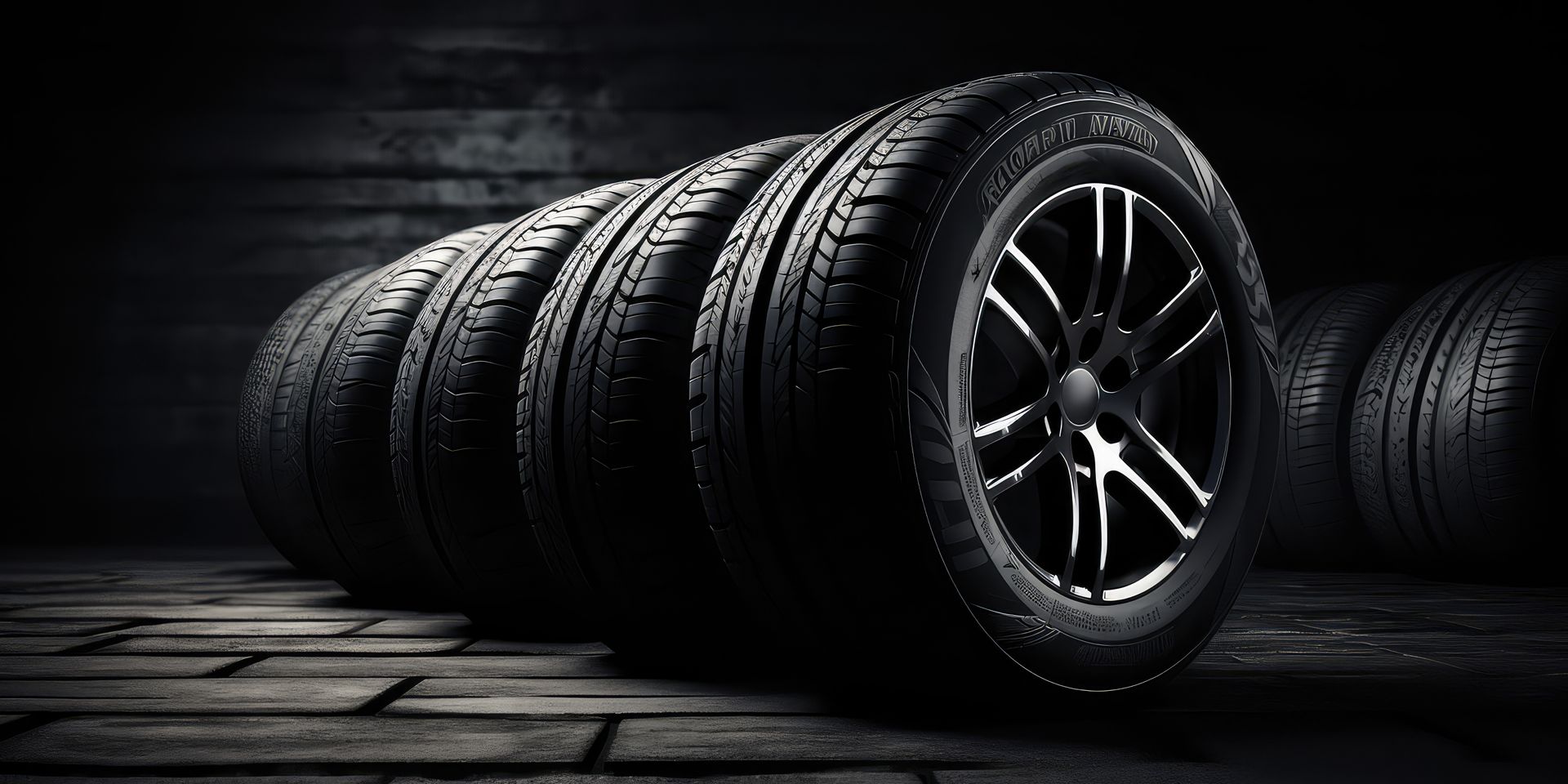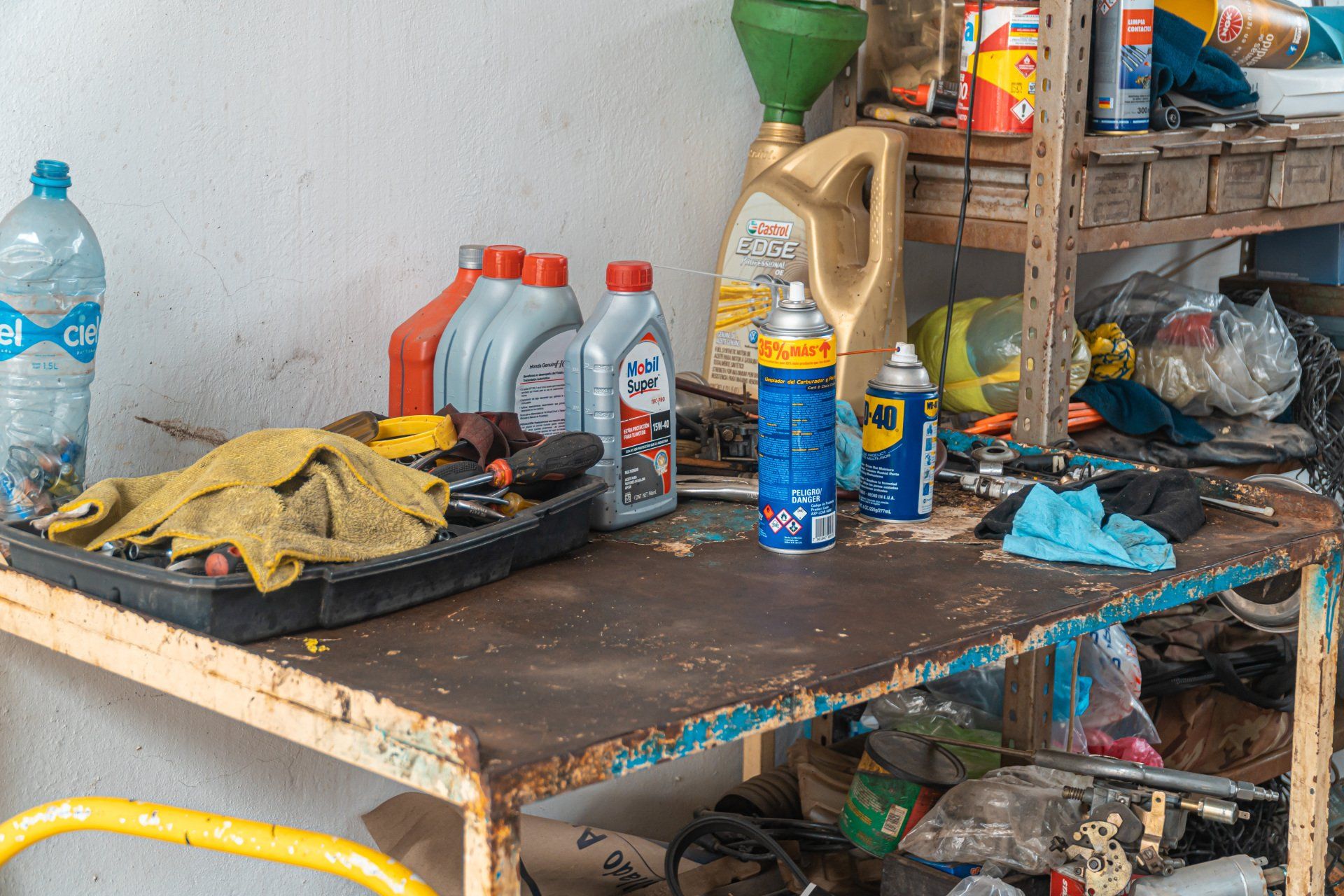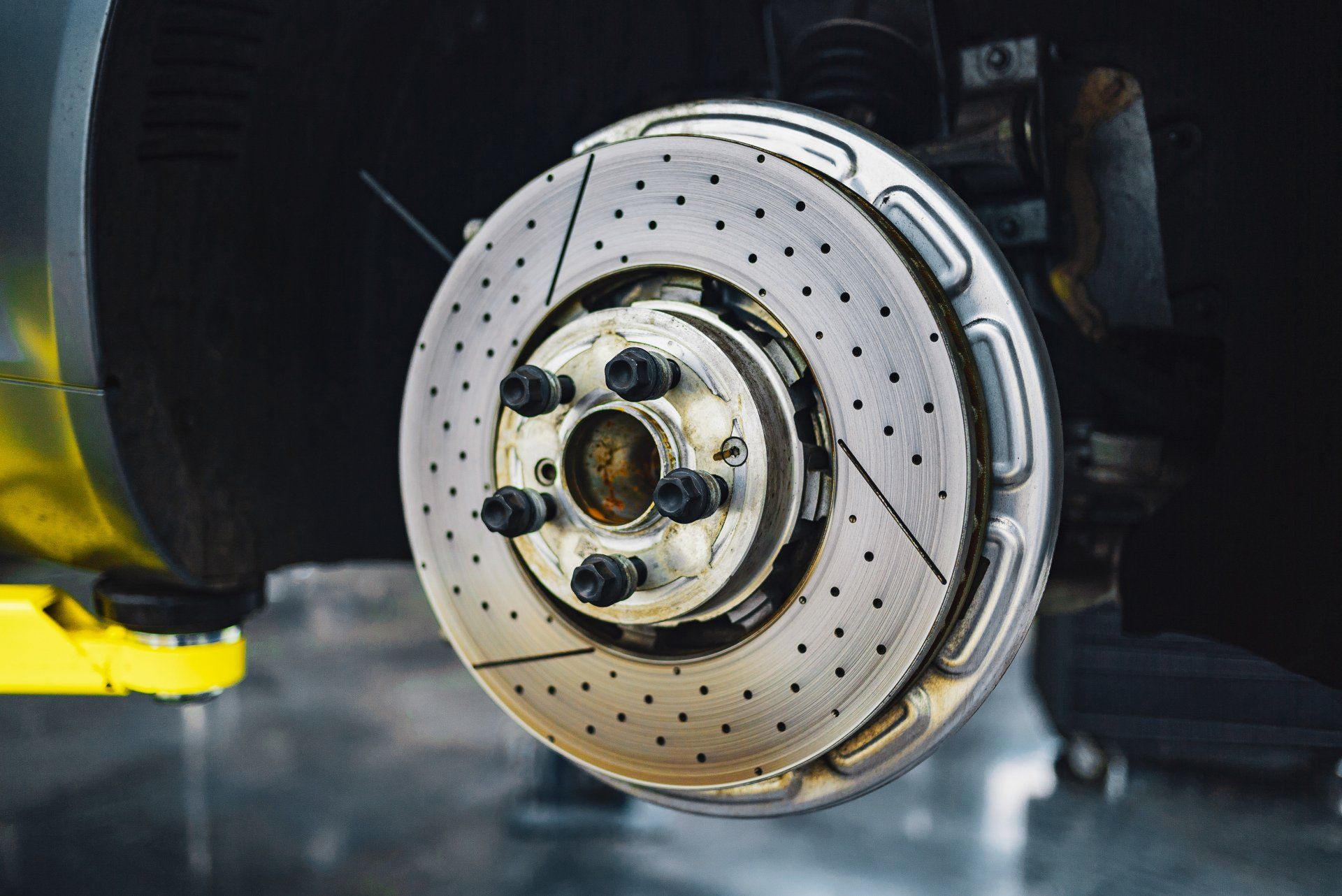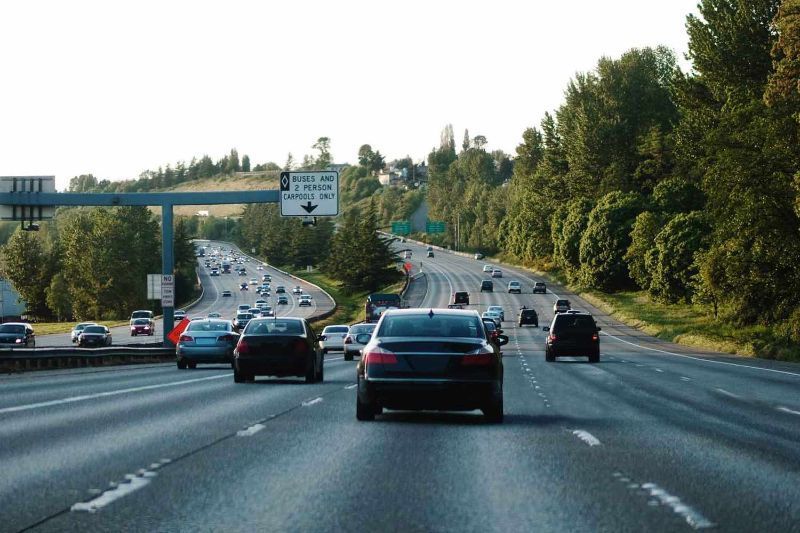DO you have a tire light on? The wrong tire pressure can be very risky and cause your vehicle to become unstable in many circumstances. It can affect your vehicles handling, braking, fuel economy, the life of your tires, and even the comfort of your ride! Tire pressure is measured in pounds per square inch (psi) is different for each vehicle depending on the tire used, vehicle manufacture, and weight load.
Why Do Tire Pressures Change?
Tire pressure changes with many factors. Most commonly would be the temperature outside, and damage to the tire from items in the road such as nails. It is normal for tires to lose 1-2 psi per month due to regular wear and tear.
What Can Happen When Tire Pressures Change?
A tire pressure that’s too high will result in less tire touching the ground. This makes a harder ride and compromised traction. Effecting the ability to turn and stop quickly. A tire over inflated by as much as 5 psi can damage more easily when run over potholes or road debris. Over time, over inflated tires lead to unnecessary tire tread wear, shortening the overall life of your tires.
When tire pressure gets too low, too much of the tire is in contact with the road. Under inflated tires wear prematurely and have the potential to overheat due to unnecessary friction. An under inflated tire only 6 psi may seem small, but actually represents roughly 20 percent of a tire’s recommended psi and could lead to tire failure or reduce the tread life substantially. Under inflation actually causes a tire to bend more as it moves, resulting in a excessive heat, an increase in rolling resistance and a decrease in fuel economy.
How to Ensure Proper Tire Pressure
First, identify the recommended tire pressure for your vehicle. You will find this information inside of the driver door on a sticker. If you cant find it there check in your vehicles owners manual.
If you do not have a tire pressure light get in the routine of checking your tires on a schedule. This way you wont forget about them. Use a high quality tire pressure gauge to be accurate and check pressure when the tires are at air temperature and haven’t been driven more than a few miles.
Remember to check all of your tires, don’t assume the last one is good just because the first ones are at the correct pressure. Check your spare tire, too, to ensure it’s ready to be used in an emergency.
If your not comfortable doing this on your own, Feel free to bring it by to us any time for a free check up!
Checking your tire psi regularly can help keep your tires in optimal condition for as long as possible, along with a good alignment and good driving habits. It might just save you a little cash down the road.

